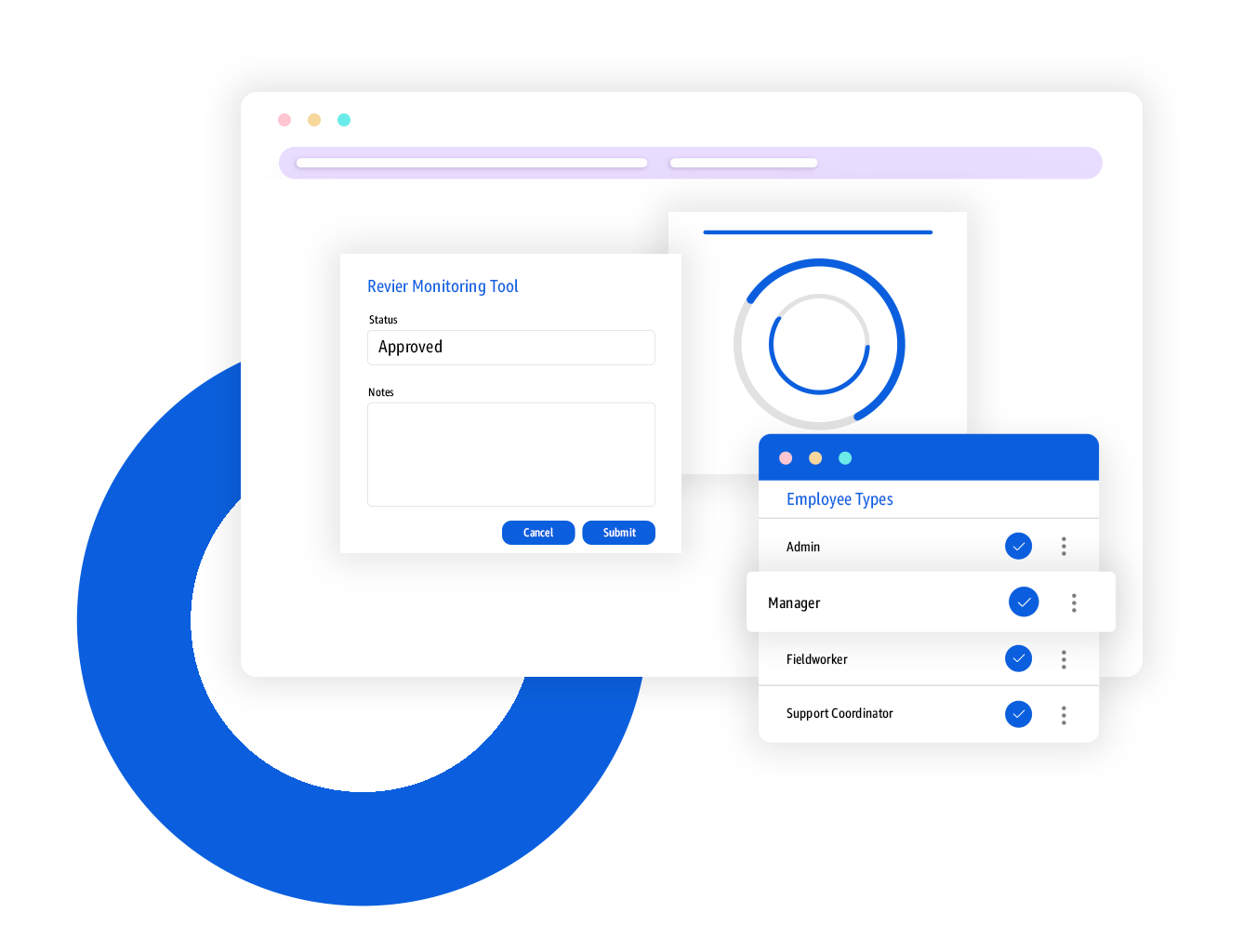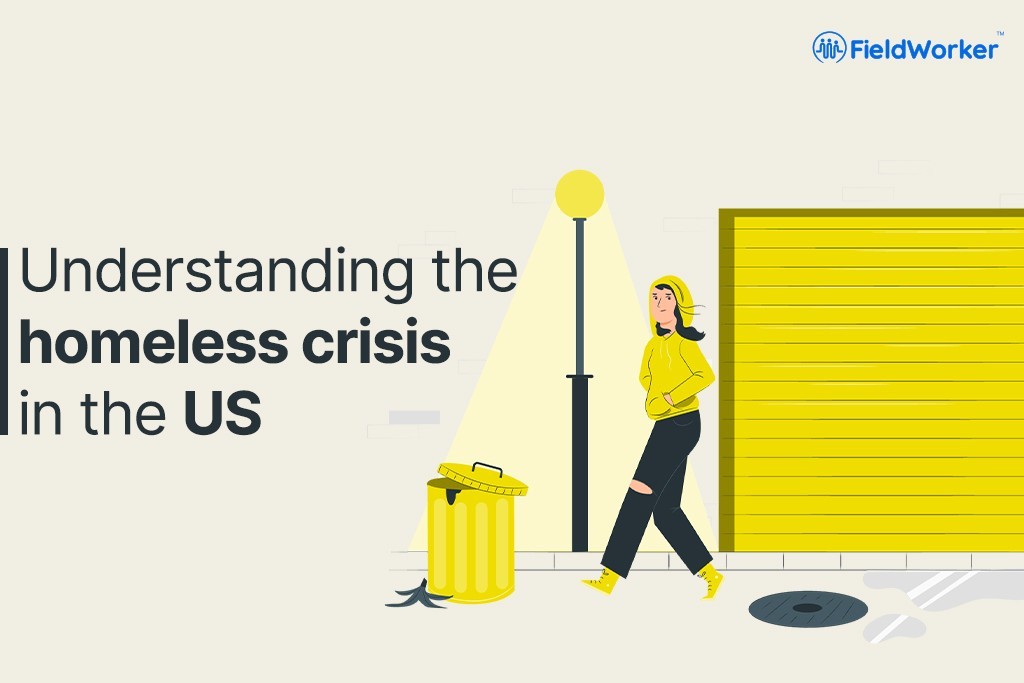Homelessness in the US is not a new issue, but recently it has grown at an alarming rate. October 10th is marked as ‘World Homeless Day’ to draw the attention of people and the government to the needs of homeless people. Did you know that 1 in every 588 Americans is homeless? Critical unforeseen circumstances are keeping over a half million people in the US on the streets. These individuals either live in temporary shelters, public spaces, transitional houses, on the street, or in abandoned buildings.
To make matters worse, homelessness among IDD individuals is also quite prevalent. Federal policies limiting their potential to make enough income leaves them vulnerable and contribute further to poverty and homelessness. Inaccessibility to shelters is another issue. IDD individuals are denied access to shelters due to which nearly 7 in 10 people with disabilities live in dangerous locations.
Homeless people often have to deal with a lot. Not having a roof over their head is one of many problems. Their daily struggle with getting health care access, having 3 meals a day, stress, violence, unhygienic living conditions, and exposure to severe weather are to name a few. They don’t have a stable address or wi-fi, so getting a job is difficult. The job provider’s perception changes when they get to know about the homeless condition.
A chronic shortage of affordable housing increased housing rents and increased unemployment during the COVID pandemic which has led to an increase in poverty, lower wages and income, increased inflation, and a higher rate of domestic violence. These are just some of the major causes of homelessness.
Let’s look at the statistics
According to The 2020 Annual Homeless Assessment Report (AHAR) to congress, The U.S Department of Housing And Urban Development, Office Of Community Planning And Development, below are important statistics regarding homelessness in the US:
- On a single night in 2020, roughly 580,000 people were experiencing homelessness in the US. 6 in 10 people (61%) were staying in sheltered and secured locations—emergency shelters or transitional housing programs—and nearly 4 in 10 (39%) were in unsheltered locations such as on the street, in abandoned buildings, or other places not appropriate for human habitation.
- Nearly one quarter of individuals experiencing homelessness have a disability, including physical, intellectual, and developmental disabilities, as well as mental health and/or substance abuse disorders.
- Between 2019 – 2020, the number of people experiencing homelessness increased by 2%, the number of unsheltered individuals increased by 7%, the number of unsheltered veterans increased by 6%, and the number of individuals with chronic patterns of homelessness increased by 15%.
- In total 66.7% of the total homeless population of the US are single individuals, with the remaining 33.3% being families.
- California currently has the highest homeless population, with about 151,278 homeless people. This is about one-fifth of the total homeless population in the US.
So when and how did it all start?
Unaffordable housing:
The homelessness crisis started a few decades ago when policymakers stopped providing affordable housing. The main reason for a lack of affordable housing is the basic demand and supply situation. According to Nan Ronan, CEO of the National Alliance to end homelessness, the US has a shortage of around 5 million units in order to have an adequate supply of housing overall. And when it comes to housing classed as affordable, there is a shortage of around 7 million units, which is even worse.
Inflation:
In 2021, there was a 20% rise in demand in the housing sector which has led to an increase in rents. With the COVID surge, loss of employment, wage cuts, and inflation, more people have been evicted from their homes and therefore more have been vulnerable to becoming homeless.
Single-family zoning:
Another reason for increased homelessness is the failure of government policies. The Zoning Law has been a major issue for the government and policymakers to make affordable houses for homeless people. In nearly every major US City, apartments are banned in at least 70% of the residential areas. San Jose prohibits apartments in 94% of its residential areas. The most a developer can build in these zones is a detached single-family home. Nearly 76% of Los Angeles County and 85% in the San Francisco Bay Area have single-family zoning. Naturally, these numbers lead to a lack of housing for certain groups of people and therefore higher levels of homelessness.
Existing homeowners’ perspectives:
Additionally, it doesn’t help when local homeowners often have a stigmatized and highly inaccurate view of homeless people. They think of homeless individuals as drug users, thieves, mentally ill, or violent in nature. Homeowners often take a view that their social status will be negatively impacted along with the value of their property if low-income people start living in their neighborhood.
What has been done so far?
To curb the problem of homelessness, the US had relied on the concept of “housing ready”, in which the homeless people were required to follow certain terms and conditions to get to live in a house, but this approach was not getting good results.
So the ‘Housing First’ initiative was launched in 65 cities during the administration of President George W. Bush. This approach is based on two main principles. First, the main solution to curbing homelessness is to provide permanent housing, secondly, all the houses being provided to the homeless people should be without any predetermined conditions.
The federal government provides housing through its Section 8 voucher program. In this program, more than $19 billion is funded per year to house over 2 million people and families. Many other programs and schemes are in full force to address the homeless crisis. Specifically, Permanent supportive housing (PSH) provides housing and mental health services. Rapid rehousing programs (RRH) provide financial aid to prevent homelessness as well as rehouse families who are homeless. Some other well-known programs are the Emergency Solutions Grant (ESG) program and the Continuum of Care (CoC) program which helps with street outreach, homelessness prevention, emergency shelter, and rapid re-housing.
What’s Next?
- To reduce homelessness, we must strengthen our ability to prevent it in the first place. It can be done by an adequate supply of affordable housing, providing health care – mental and physical, child care, legal assistance, and providing employment and education.
- We need a community-driven and coordinated approach to delivering services, and housing, and showing some level of sympathy towards the homeless people can help.
- Permanent supportive housing is also sorely needed, by giving a long-term rental assistant and support services also help.
- Finally, an improved and strong federal policy can be helpful. An alliance or community to analyze data and do the research so that policymakers have the best and up-to-date knowledge about homeless people. A community to build assistance and turn policy into groundwork is also helpful to reduce homelessness.
Conclusion:
It has taken decades for the US to reach this unfathomable level of homelessness and it may probably take a few years to completely overcome it. The good news is a lot of people are working hard to make strong, impactful changes. In fact, states such as California and Oregon have taken measures to end single-family zoning that effectively increases housing affordability and helps address the homeless crisis. These may seem like baby steps, but with strict measures enforced, it’s safe to say we’re heading in the right direction to bring homeless individuals back home.

